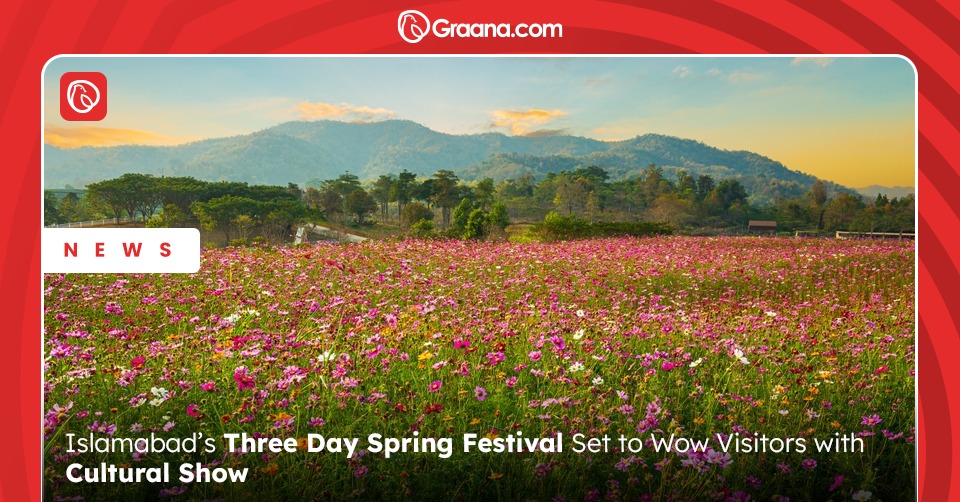Vegetation and greenery are the fundamental aspects for maintaining the biodiversity, climate and regulating the features of our ecosystem. Apart from having significance in the domain of nature, the vegetation also soothes the human sensation which is necessary for balancing mental health and has therapeutic tendencies. Rapid urbanisation has compelled urban planners to think of new ways so that the vegetation in urban areas can be reclaimed.
What is Vertical Gardening?
In this backdrop, one of the aspects of reclaiming and promoting the vegetation in the urban areas is vertical gardening. The term vertical gardening is self-explanatory; vertical gardening as opposed to using the large lands for greenery and natural vegetation supports the idea of vertical plantation thus diminishing the space constraints. The concept of vegetation and specifically vertical gardening has drawn attention due to climate change. However, the roots of vertical gardening can be traced back to the civilizations of Mesopotamian cultures in which vertical gardening was a part of their architectural designs.
The common features of vertical gardening include green walls which are about developing the walls that are particularly designed for plantation. Similarly, building facades are tailor-made so that they can give a green outlook to the buildings while fulfilling the purpose of sustainable buildings and development. Moreover, green rooftops have also become a major feature of vertical gardening.
Benefits of Vertical Gardening
Vertical gardening encompasses numerous benefits which correlate to mitigating the impacts of climate change and also to the architectural layout of buildings. The benefits of vertical gardening are elaborated as follows:
- As discussed earlier, the foremost benefit of vertical gardening is its tendency of mitigating the impacts of climate change and tackling increasing carbon emissions creatively and efficiently. At a time when the areas of forest are decreasing the vertical gardening at micro and macro level can act as a remedy to the decreasing forest.
- Biodiversity is an important aspect of our ecosystem, it regulates those aspects of our environment which cannot be observed through naked eyes. Vertical gardening can also provide a new space for different species that are diminishing over the period.
- Similarly, vertical gardens are also a suitable tool for maintaining the temperature of the cities since they have heat-reducing properties. In other words, vertical gardens are also known as passive air conditioners.
- Further, the vertical gardens also serve the purpose of beautification and add to the aesthetics of buildings. Vertical gardens also perform the function of noise-reducing agents.
Methods to Add Vertical Gardens at Home
In light of the above-mentioned benefits, the vertical gardens can become a permanent part of residences and housing schemes. In this background, Graana.com brings forth certain methods which can be adopted to add vertical gardens at home.
Green Facades
Before proceeding, one thing that is pertinent to mention here is that vertical gardening is dependent on the creativity of an individual to develop structures that support their gardening plans.
The first method which can contribute to the development of a vertical garden at home is the green façade. This methodology does not require strenuous effort or the development of walls that are particularly developed for vertical gardening since most of the function is performed by the plant itself. For this method, climbing plants are selected whose growth can be channelized by anchoring it with any wall in the home using suspenders or threads that support the vertical growth of the plant.
Apart from the above-mentioned technique, certain channels are drawn in the walls at the time of construction which is left for the climbing plants so that they can seep through those channels at the time of growth thus creating a green façade.
Gabion Walls
Gabion walls are also known as retaining walls that can perform the function of green vertical gardens. The composition of gabion walls is done such that the rocks are framed inside a cage in a vertical rectangular manner or according to the needs. In this methodology of vertical gardening, the crevices in between the rock determine the paths of the plant. The species of plants and flowers that can be used for this methodology of vertical gardening are alyssum, lemon thyme, mint, and wallflowers
Wooden Grids
Wooden grid is another smart idea of creating a vertical garden. A vertical grid carved out of wood that can accommodate flower pots can be creatively placed inside the homes which can add to the décor of the house. The concept of wooden grids is flexible and the concept of flower pots can be replaced with rectangular boxes which can be filled with fertilizers and soil for the plantation.
Green Tray Walls
Green tray walls are also changing the concept of interior designing and this methodology can prove useful for vertical gardening. In this mode of vertical gardening, the plants are pre-grown and have to be placed in the trays. The trays are clamped to water-resistant boards which restrict the water to seep into the walls. Similarly, the structure of these tray walls is designed such that each plant gets an equal share of water through the installed watering assembly.
Green Rooftops
This concept is gaining importance in the urban centres and mostly employed by high-rise buildings. The concept is about converting the rooftops into gardens by placing a proper mechanism for the plantation. Converting rooftops into a vegetation space requires the installation of a high-quality waterproofing system, soil and fertilizers which are particularly designed for roofs, and careful selection of plants. The concept of green rooftops has a direct relation with the strength of the building therefore, before planting green rooftops the structural requirements of the building must be kept in mind.
For more information such as house designs in Pakistan, visit Graana.com




